Memento
1/12
Earn XP
Description and Tags
Opening sequence analysis
Name | Mastery | Learn | Test | Matching | Spaced |
|---|
No study sessions yet.
13 Terms
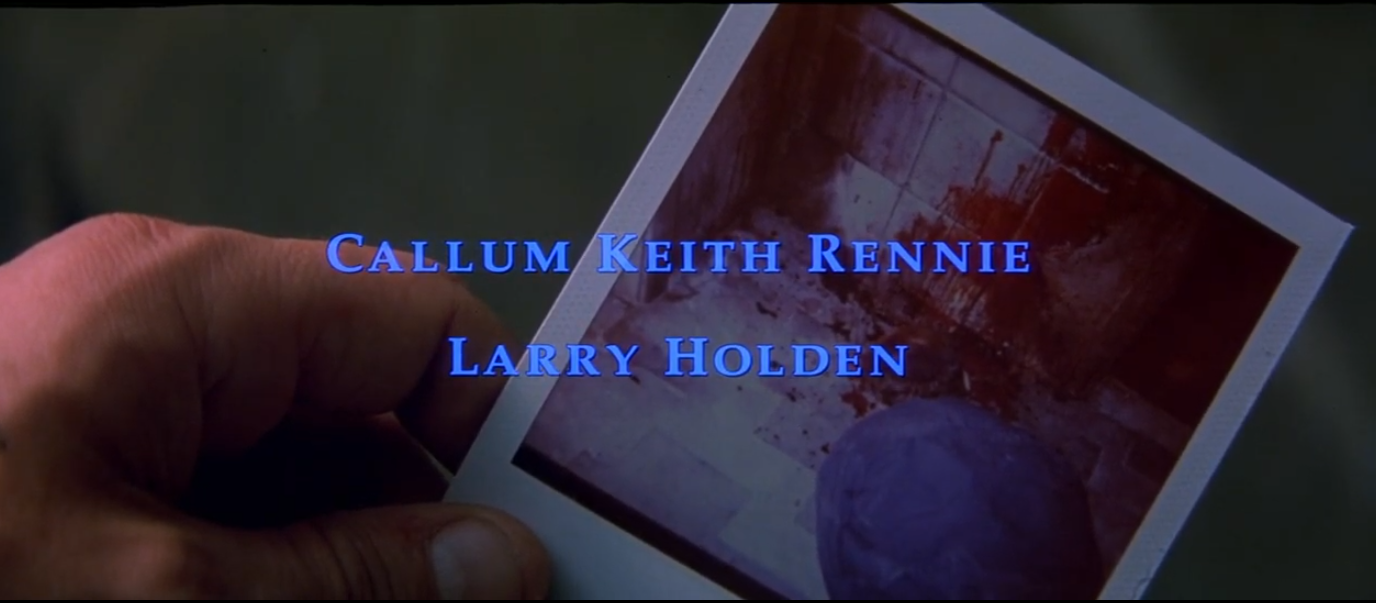
Editing: Long take on the shot symbolises to the audience that the polaroids are an important narrative device.
Narrative enigma created by this insert shot (cinematography) of the murder scene.
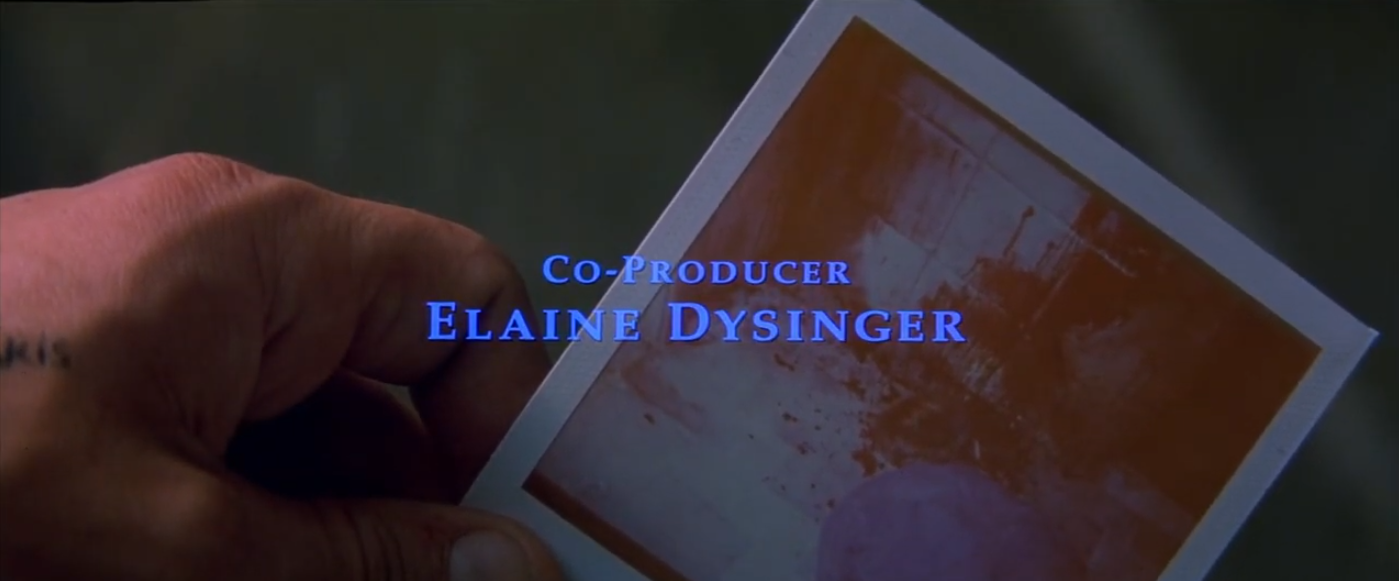
Mise-en-scene: the fading of the polaroid echoes Leonard’s short-term memory loss.
Leonard’s eyes are pale blue, as are his clothes. There are several blue tones, even in broad daylight, as a reminder that everything is through Leonard’s perspective.
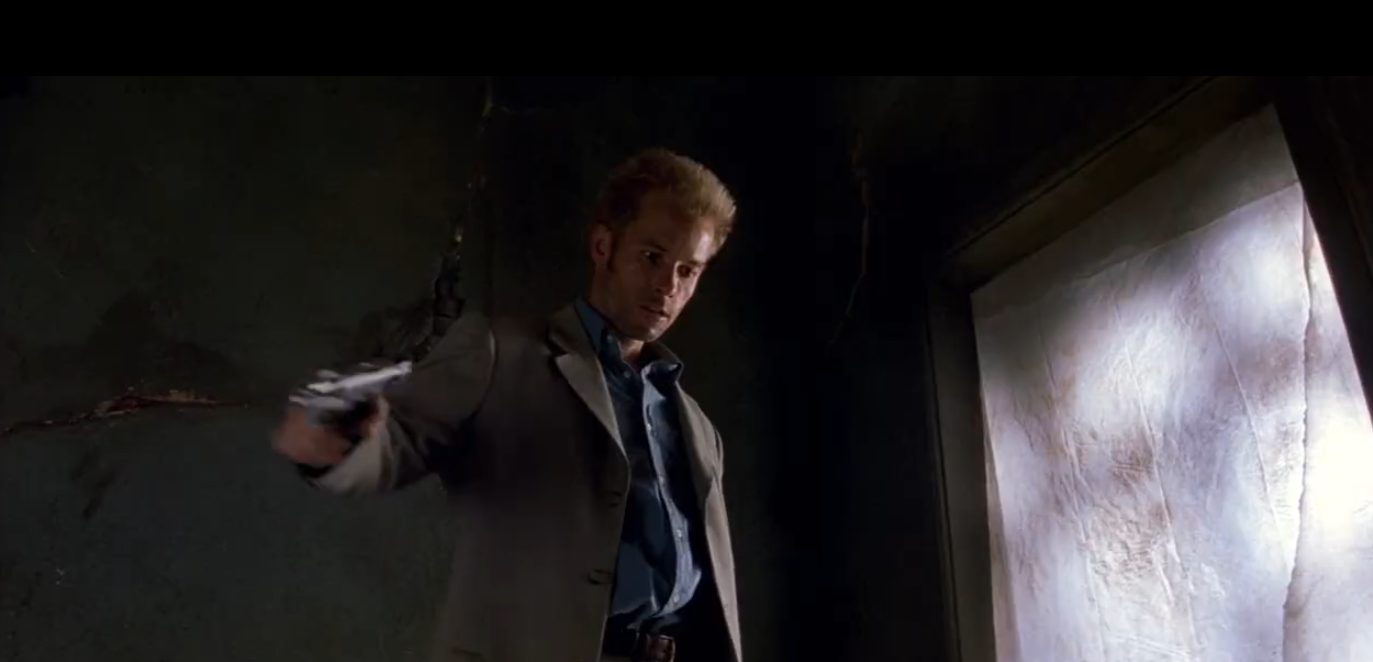
Reverse editing is a stylistic feature despite serving a narrative purpose
Could feed into the debate of style over substance.
sense off cynicism created by the narrative enigmas is a feature of neo-noir films.
Sound upon switch to the black and white narrattive
Heartbeat = likely makes the audience uncomfortable.
Sound of the heartbeat could be representative of Leonard’s isolation (caused from his wife’s death + his condition)
Audience is switched to emulate Leonard’s short-term memory
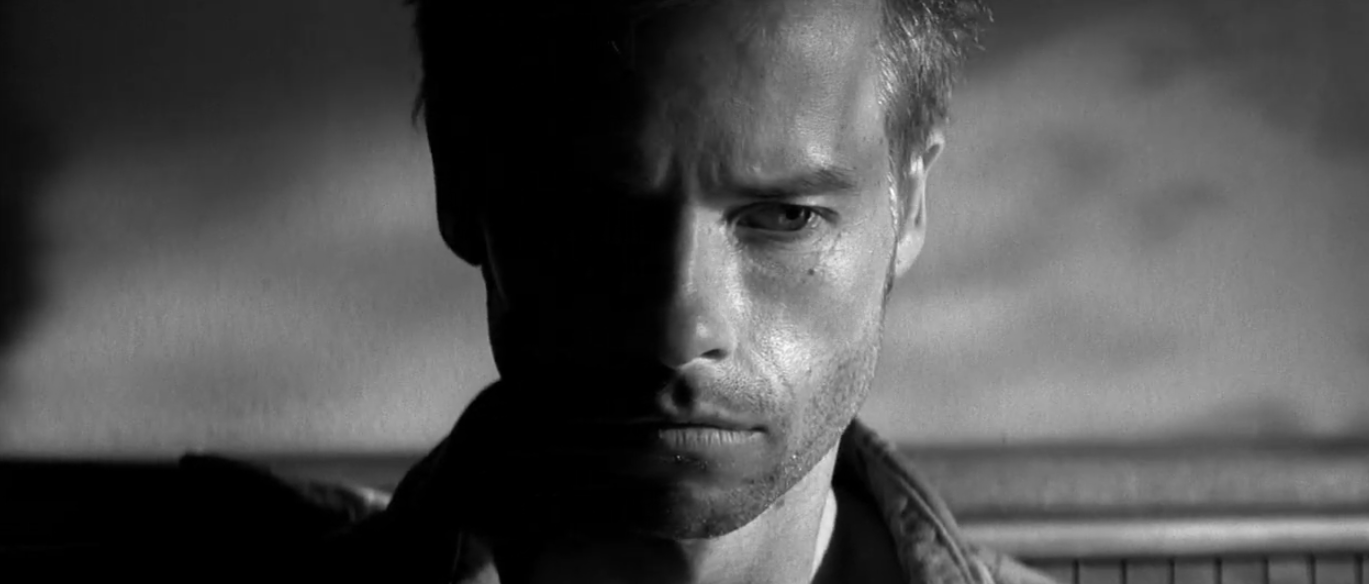
Post-modern trait (editing): Postmodern films often involve a fragmentation of time, which is represented by the switch (and consistent use) of black and white throughout the film.
Split lighting = good and bad
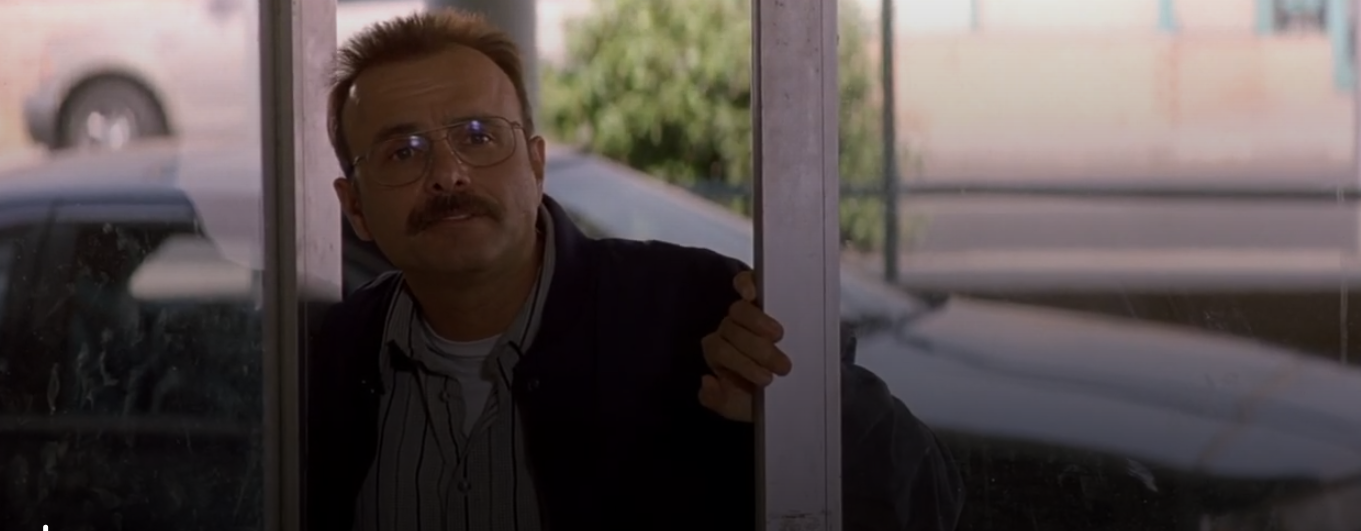
Mise-en-scene: dialogue ‘must have forgot’ could be a tongue-in-cheek joke, considering Leonard has short-term memory loss.
Tongue in cheek humour is another feature of post-modern films.
Adults tend to reconstruct memories.
Sound used during colour scenes
Described by David Julyan as being ‘oppressive + rumbly’ for the colour scenes.
‘A sense of yearning + loss.. but at the same time you don’t know what you’ve lost’

Repetition of bullets (prop) show a theme of violence, introduced by the bloody polaroid.
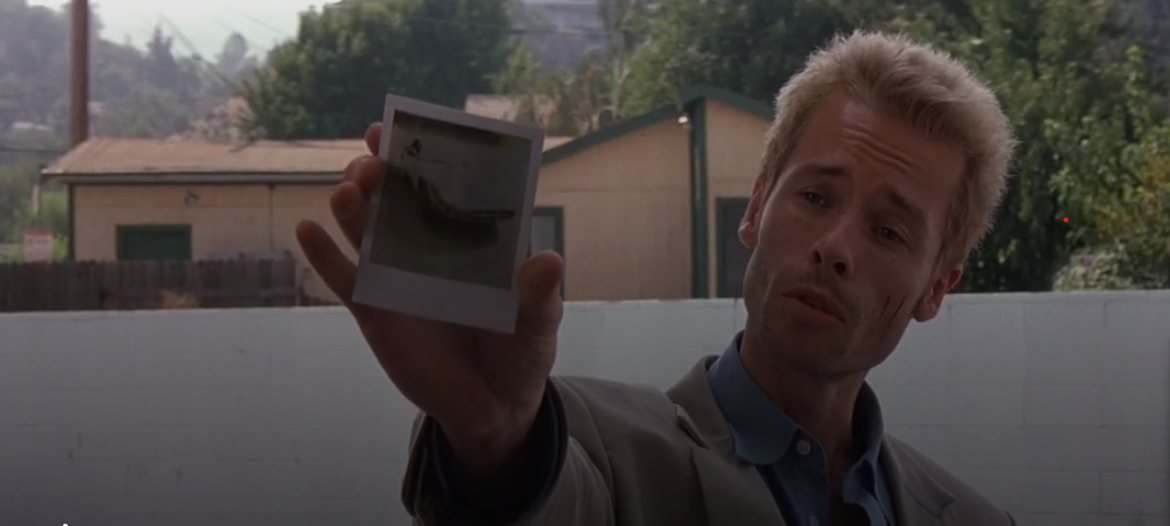
Props + costumes + scratch on the face = creates a narrative enigma. The audiences jump in between scenes with Leonard to emulate the short-term memory.
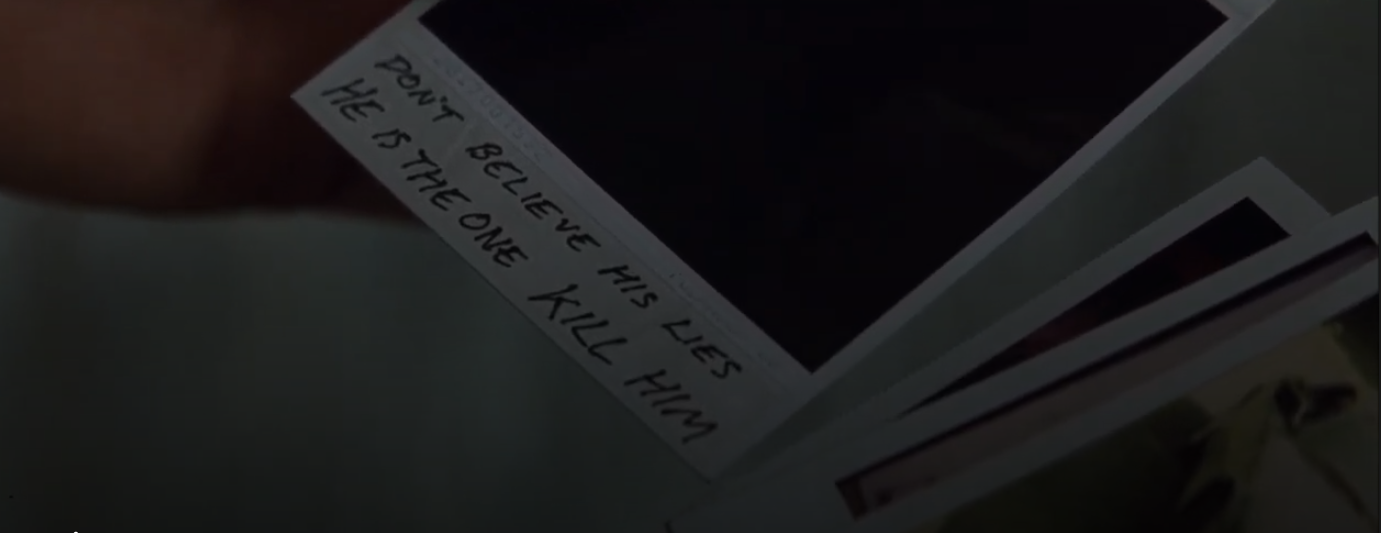
Auteur trait of Nolan = symbolic props often successfully try to capture what is real.
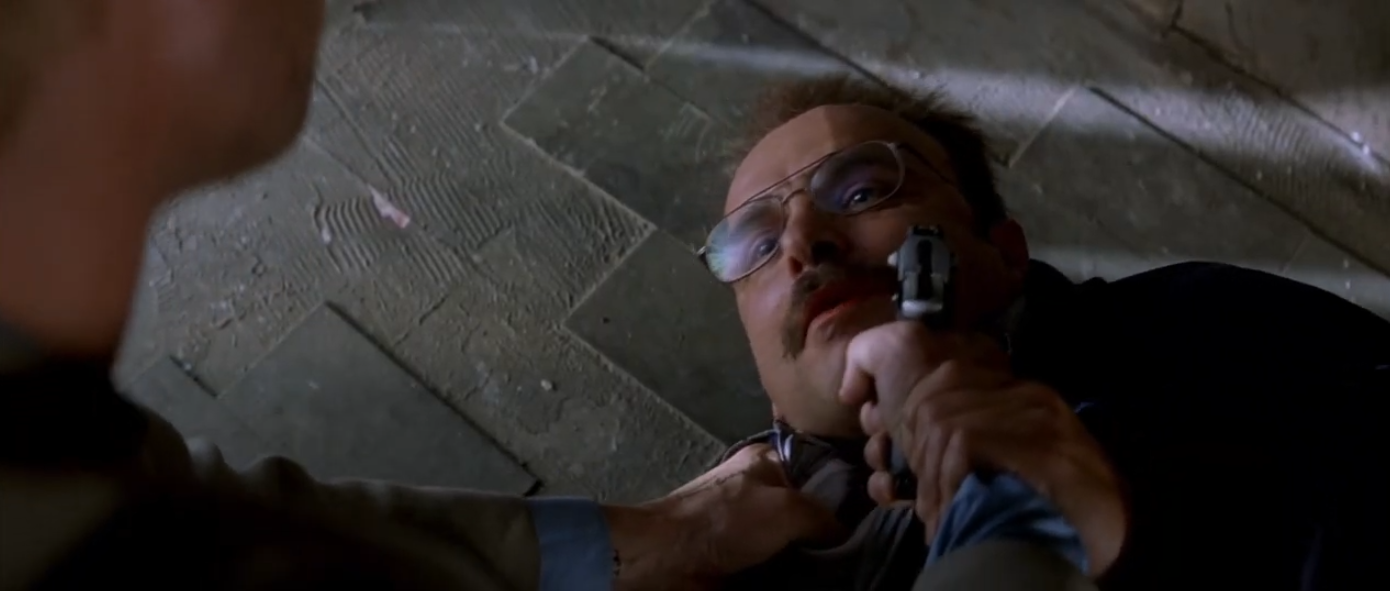
Characters do not have a defining morality = auteur trait.

Narrative - the opening of the scene is the ending of this scene, which helps to orientate the viewer
Auteur = concept of time/chronology is often questioned.
Experimental because of the parallel narrative
editing is usually shot reverse shot. however, time jumps usually occur mid-action, making them both orientating and disorientating.
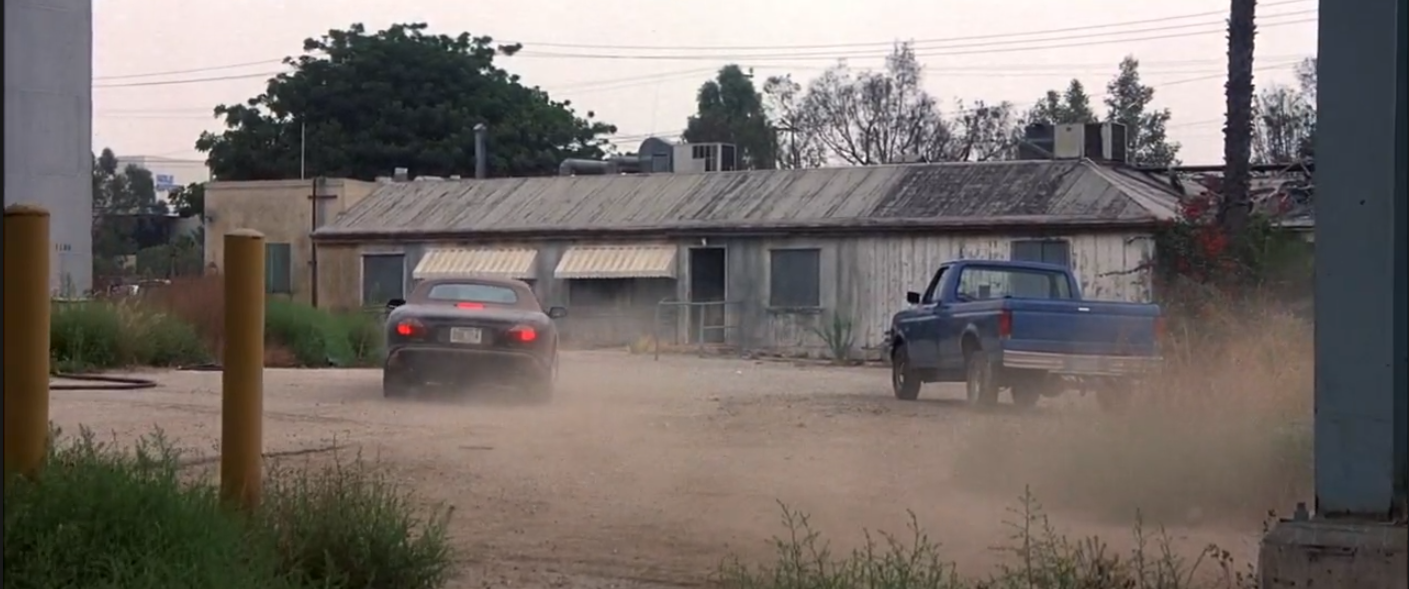
Bleak, abandoned plots are part of the neo noir detective aesthetic, which Memento is inspired by.